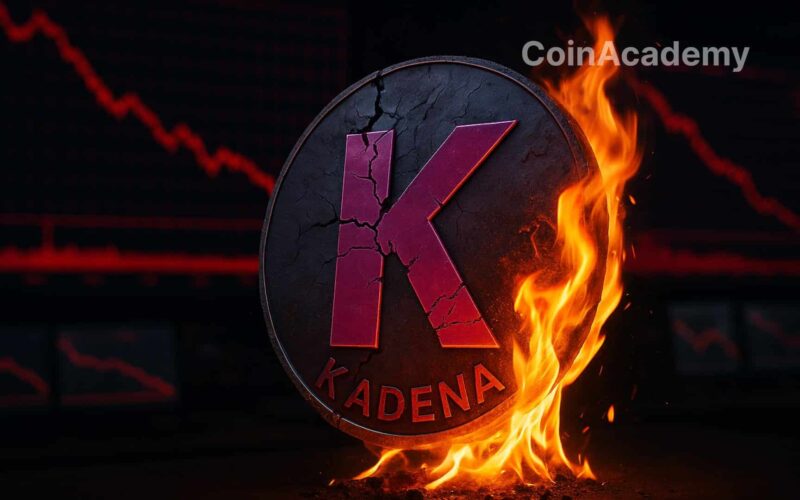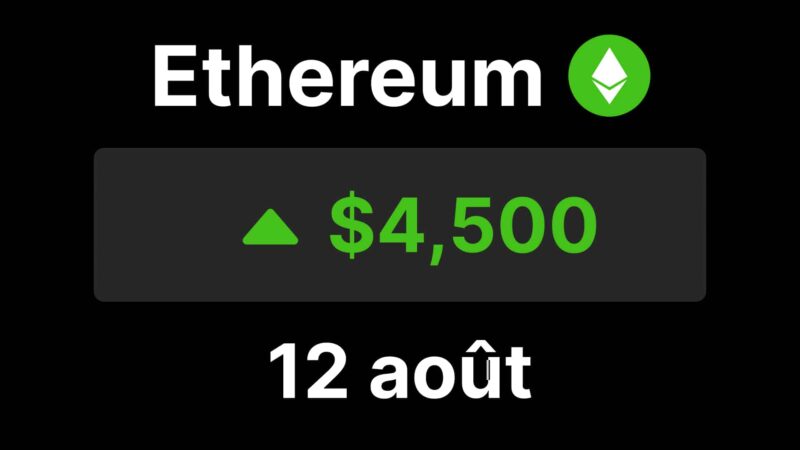Kadena, founded by two former JPMorgan and SEC executives, has announced the immediate end of its operations due to unfavorable market conditions, leading to a more than 60% drop in the KDA token to $0.085.
Despite raising $15 million and aiming to create a hybrid blockchain for institutions, Kadena never managed to attract either businesses or developers.
The blockchain will technically remain active as long as miners continue to operate it, but without support or liquidity, it risks a gradual decline, symbolizing the post-bull run purge.
Kadena: The End of an Institutional Promise
We are deeply grateful to all those who have been part of this journey. Unfortunately, current conditions no longer allow us to support the adoption of our technology.
Kadena was not an ordinary project. The initial ambition was clear: to create a proof-of-work hybrid blockchain capable of appealing to traditional businesses while retaining the decentralized principles of Web3. Founded in 2019 by Stuart Popejoy and William Martino, two engineers from the institutional finance sector, the company sought to bridge the gap between Wall Street and crypto. The two men had played a role in creating Kinexys, JPMorgan’s internal blockchain network predecessor.
Despite raising $15 million across three rounds, Kadena failed to sustainably convince. Neither institutions nor developers followed suit. Volumes plummeted, and the competition from faster and more liquid blockchains like Solana, Avalanche, or Base ultimately halted the project’s momentum.
Abandoned Blockchain
If the company closes, the Kadena blockchain will not immediately disappear. The network will remain active as long as miners continue to secure it, the team clarified. In theory, over 566 million KDA are still to be distributed as mining rewards until 2139. However, without maintenance, developers, and liquidity, the risk of gradual abandonment is now unavoidable.
Another Symbol in the Post-Bull Run Purge
Kadena joins the long list of projects born in the excitement of the 2021 bull run and swept away by the reality of a more selective market. Its collapse serves as a reminder that technology alone is insufficient without real adoption and a solid economic model. While enterprise blockchains once seemed to be the future of finance, the tide has turned: capital is now flowing towards agile, user-centric protocols, and especially towards ecosystems capable of generating tangible revenue.
Kadena aimed to reconcile traditional finance and crypto. Ironically, it was ultimately the market that made the final call.




